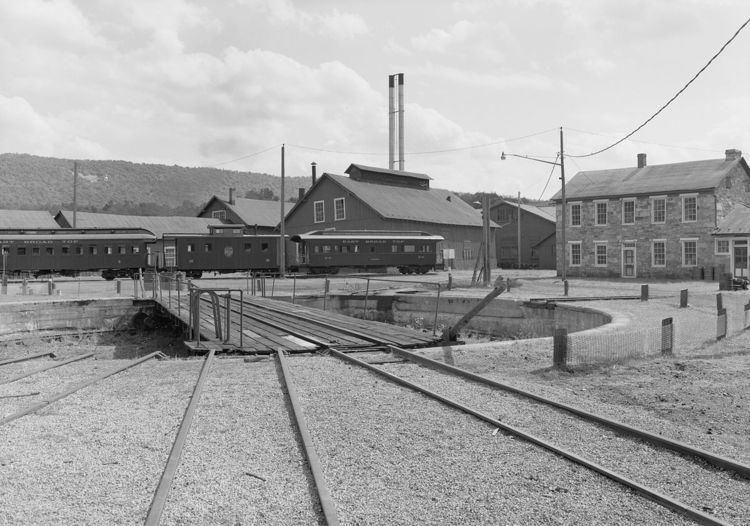End date January 26, 1874 | ||
 | ||
Full case name Sioux City & Pacific R.R. Co. v. Stout Citations 84 U.S. 657 (more)
21 L. Ed. 745; 17 Wall. 657 Majority Hunt, joined by unanimous | ||
Sioux City & Pacific Railroad Co. v. Stout, 84 U.S. 657 (1873), was a case decided by the Supreme Court of the United States that first enunciated the idea that a landowner could be liable for the injuries of a child trespasser.
Decision
A child was injured by a railroad turntable owned by Sioux City and Pacific Railroad, and the company was held liable despite the prevailing idea that a landowner was not held liable for injuries to trespassers. Trespassing children were thought to be a special case that required a higher duty of care. This theory of liability came to be known as the "turntable doctrine" and later the attractive nuisance doctrine by the case Keffe v. Milwaukee & St. Paul R.R. Co.
References
Sioux City & Pacific Railroad Co. v. Stout Wikipedia(Text) CC BY-SA
